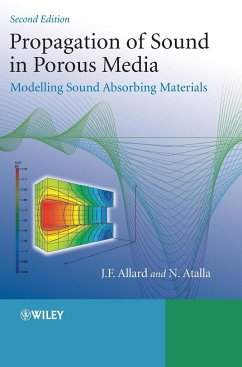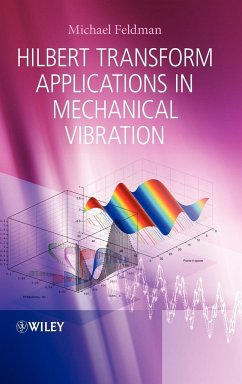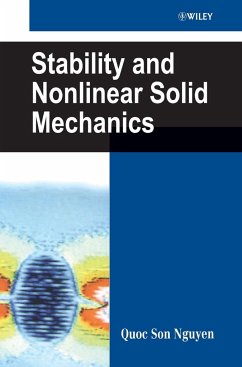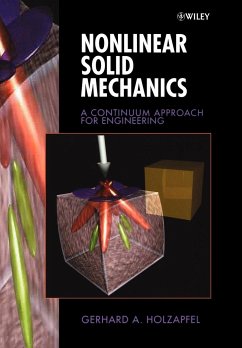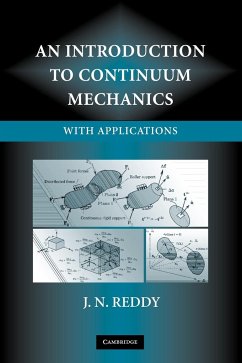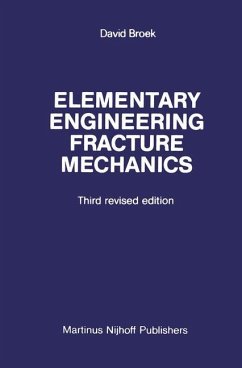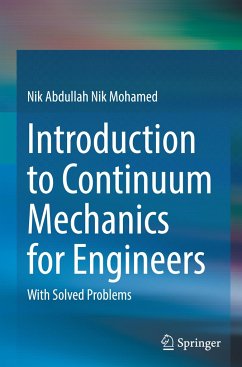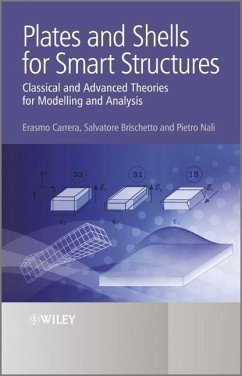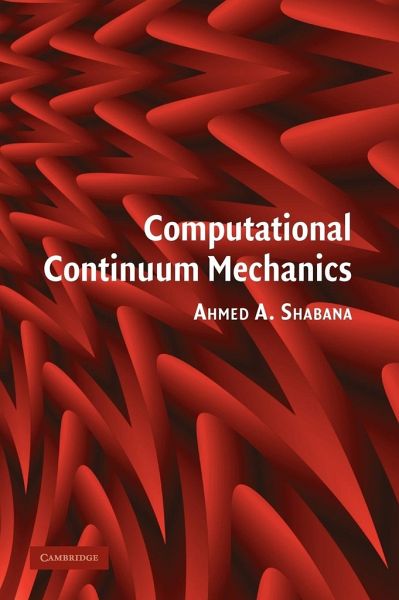
Computational Continuum Mechanics
Versandkostenfrei!
Versandfertig in 1-2 Wochen
91,99 €
inkl. MwSt.
Weitere Ausgaben:

PAYBACK Punkte
46 °P sammeln!
This book presents the nonlinear theory of continuum mechanics and demonstrates its use in developing nonlinear computer formulations for large displacement dynamic analysis. Basic concepts used in continuum mechanics are presented and used to develop nonlinear general finite element formulations that can be effectively used in large displacement analysis. The book considers two nonlinear finite element dynamic formulations: a general large deformation finite element formulation and a formulation that can efficiently solve small deformation problems that characterize very stiff structures. The...
This book presents the nonlinear theory of continuum mechanics and demonstrates its use in developing nonlinear computer formulations for large displacement dynamic analysis. Basic concepts used in continuum mechanics are presented and used to develop nonlinear general finite element formulations that can be effectively used in large displacement analysis. The book considers two nonlinear finite element dynamic formulations: a general large deformation finite element formulation and a formulation that can efficiently solve small deformation problems that characterize very stiff structures. The book presents material clearly and systematically, assuming the reader has only basic knowledge in matrix and vector algebra and dynamics. The book is designed for use by advanced undergraduates and first-year graduate students. It is also a reference for researchers, practising engineers, and scientists working in computational mechanics, bio-mechanics, computational biology, multibody system dynamics, and other fields of science and engineering using the general continuum mechanics theory.





